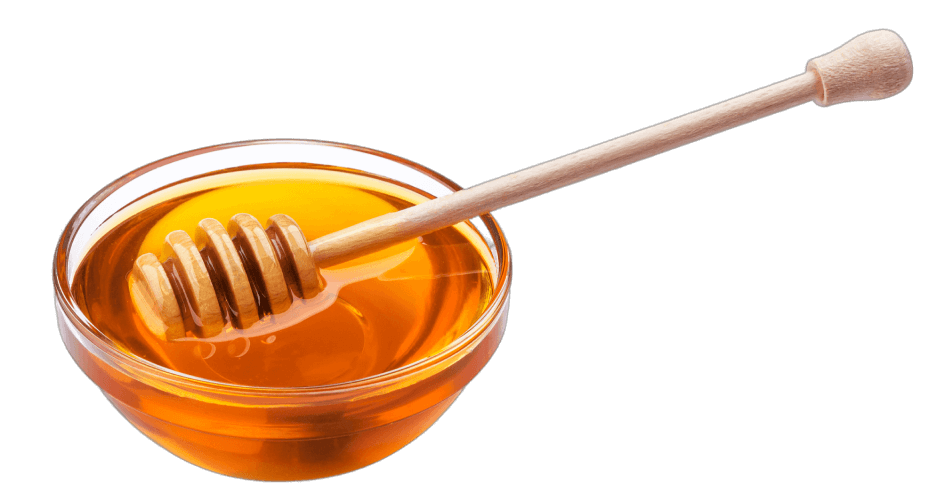
From Flower to Jar
Honey-making is a remarkable natural process that begins with flowers and ends with the golden sweetness we enjoy in our homes. Here’s a look at each step of this fascinating journey, from the flower to the honey jar.
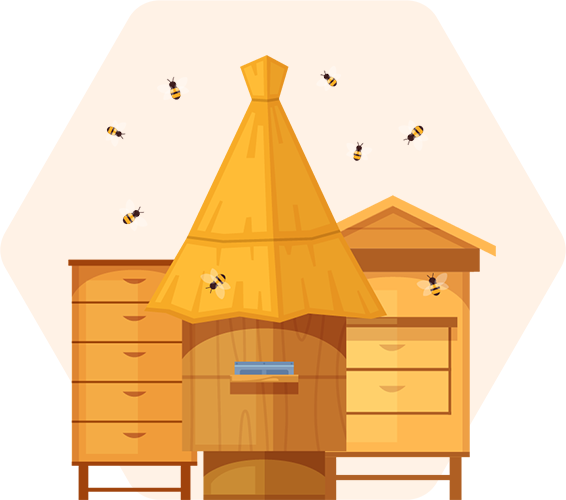
Flower Pollination: The Start of Honey
Honey production begins when honeybees collect nectar from flowers. Worker bees, often traveling up to five miles from their hive, seek out flowers to gather this nectar, a sugary liquid that flowers produce to attract pollinators.
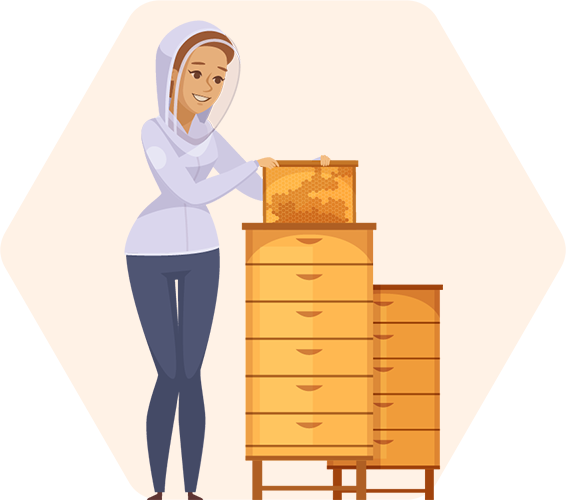
Collecting and Storing Nectar
Once a bee finds a source of nectar, it collects the liquid using its long, tube-like tongue and stores it in its “honey stomach.” This stomach is separate from its digestive system, specifically for nectar collection. As the bee flies back to the hive, it mixes the nectar with enzymes in its stomach, initiating the honey-making process.
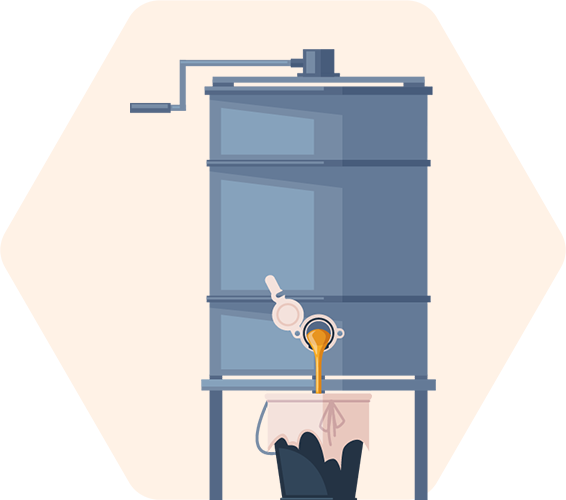
Transforming Nectar into Honey
When the foraging bee returns to the hive, it passes the enzyme-rich nectar to another worker bee, a process known as “trophallaxis.” Through a chain of bees passing nectar from one to another, each adding more enzymes, the nectar gradually breaks down into simpler sugars, making it easier to digest and preserving it as honey.
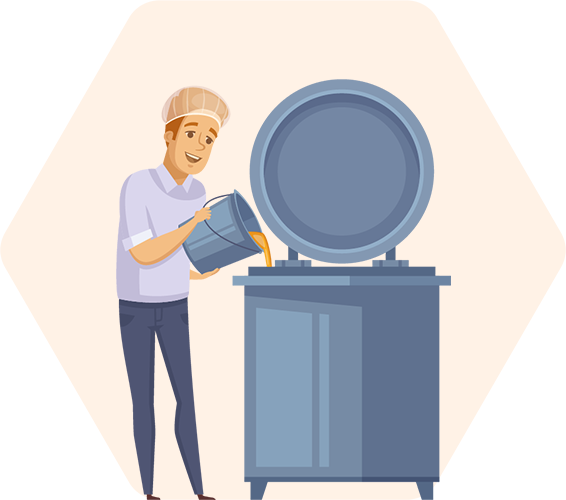
Reducing Moisture Content
Nectar is initially high in water content. To turn it into honey, bees reduce the moisture by repeatedly fanning it with their wings to evaporate the water. This concentrated form of nectar becomes the thick, sticky honey we recognize. The water content reduces from approximately 70% in nectar to around 18% in honey, preventing fermentation and extending shelf life.
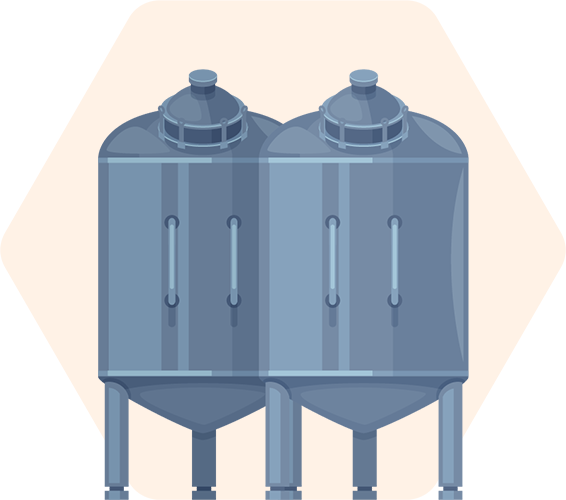
Sealing the Honeycomb Cells
Once the nectar is fully transformed and reaches the desired consistency, bees store it in the hexagonal cells of the honeycomb. Each cell is then sealed with a thin layer of beeswax, creating a natural container that preserves the honey for the hive's future use. This wax seal protects the honey from air, moisture, and contaminants, allowing it to remain fresh for long periods.
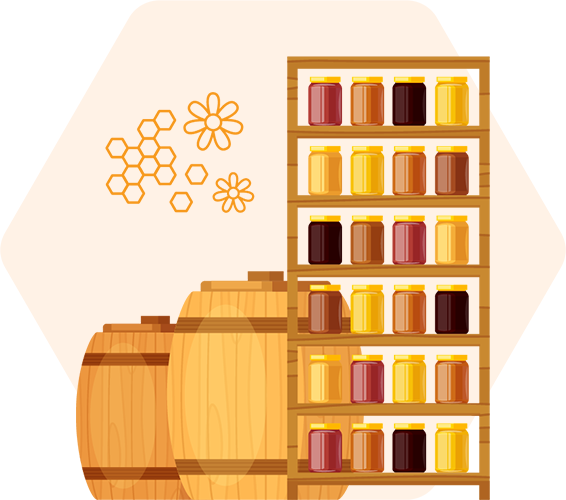
Harvesting Honey: From Hive to Processing
After filtration, honey undergoes quality testing in a lab to ensure it meets safety and purity standards. It’s then poured into jars or other containers, ready to be shipped and enjoyed by consumers worldwide. Many producers prioritize eco-friendly, hygienic packaging to retain the honey's natural qualities and to ensure safe consumption.
This journey from flower to jar involves the dedicated work of thousands of bees and careful handling by beekeepers. Each jar of honey represents not just a natural sweetener, but the result of a harmonious interaction between nature and sustainable practices, capturing the essence of flowers, the energy of bees, and the care of beekeepers in every drop.
